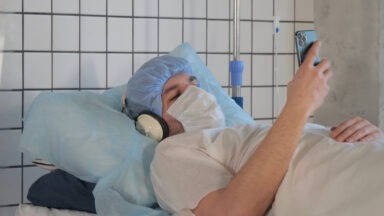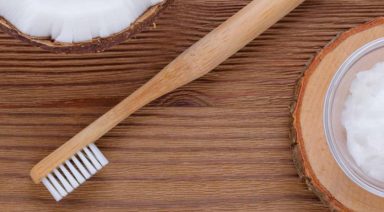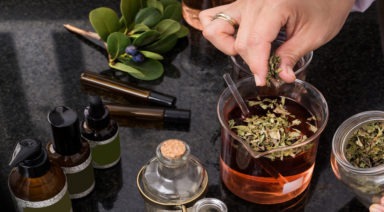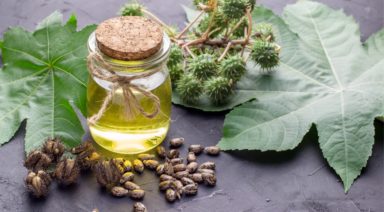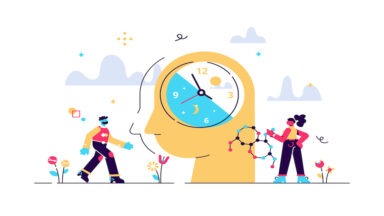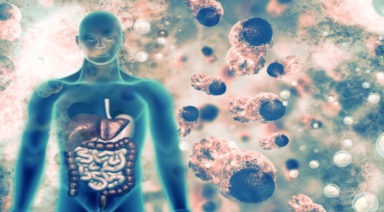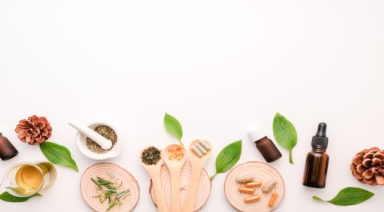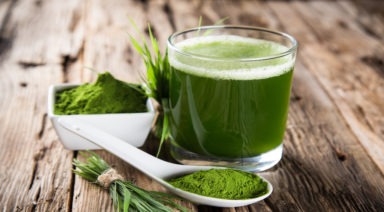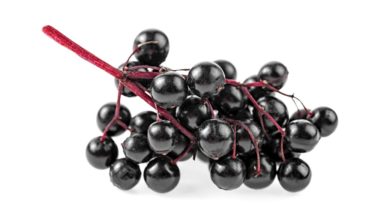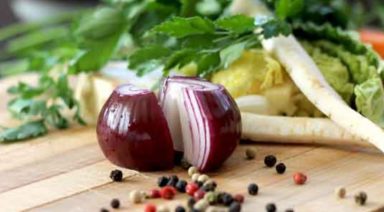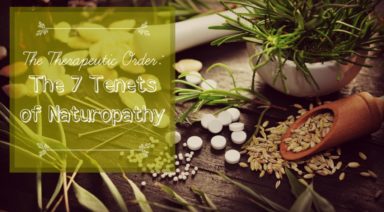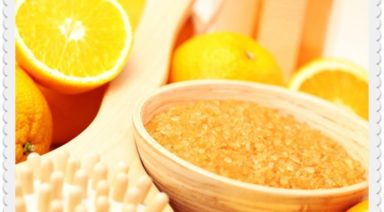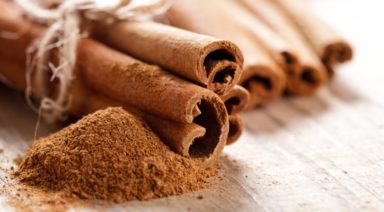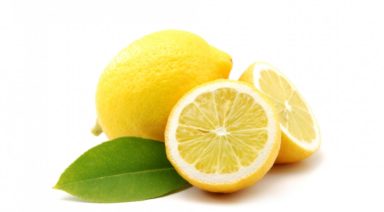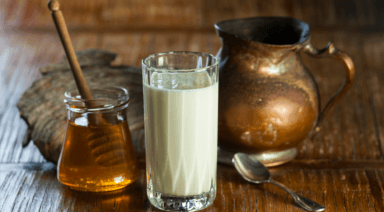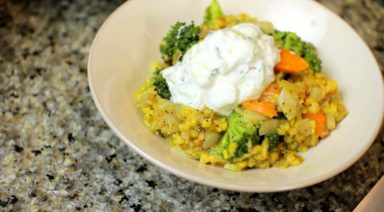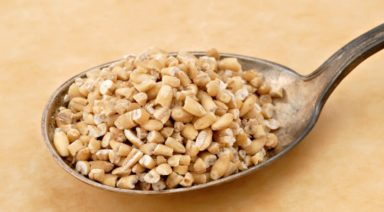Cavemen Didn’t Have Cavities. Why Do We?

In a remote passage between Greenland and Ellesmere Island in the Arctic Sea lies Smith Sound, and the Eskimos native to the region are the Northernmost humans in the world.
In 1929, Donald MacMillan, an Arctic explorer, took dental impressions of Smith Sound Eskimos. Of the 616 impressed teeth, only one was deformed, and only seven teeth were missing in the 90 impressions taken. Dr. Adelbert Fernald, then curator of the Harvard Dental School Museum, estimated that if 90 New Englanders gave dental impressions, there would likely be at least 100 missing teeth.
Researchers concluded that because the Eskimo diet of seals, walrus, caribou, and fish included only roughly four ounces of vegetation per year, an exclusively meat diet is ideal for dental health.
Later, archaeologists discovered instances of neanderthal teeth and jawbones that showed little decay or damage — surprising, given their circumstances as paleolithic hunter-gatherers. This discovery triggered a 2009 study on gum disease and the “stone age” diet. An article on the study in Medical News Today noted that a hunter-gatherer diet of meat, fowl, fish, plants, seeds, and occasional animal fat, was fed to 10 subjects for four weeks.
The researchers reported that the “mean (average) gum bleeding on probing (BOP) decreased from 34.8% to 12.6%. Periodontal disease decreased.” The hunter-gatherer diet healed gum disease (gingivitis) in four weeks, dramatically improving gum health.
The authors noted that, “Although plaque levels increased, bleeding on probing and periodontal disease decreased.” This means that while plaque, the biofilm accumulation on teeth and under the gumline, was present, the bacteria that cause gum disease were not — instead, analysis identified “good” bacteria such as Lactobacillus acidophilus.
Dental Disease and the Modern Diet
More and more studies demonstrate that diets rich in processed sugar and additive-laden foods are the culprit for obesity, inflammation, dysbiosis (leaky gut), irritable bowel disease, and possibly autoimmune disease.
Dietary sugars create an acidic environment in the mouth and body. This ‘acidic’ body pH is now linked to bone diseases like osteoporosis and generalized inflammation. Acidic blood pH is known to reduce oxygen levels needed for healthy cellular function and increases the risk of type 2 diabetes.
Meat and animal-based foods are also known to fall on the acidic side of the scale, but it is sugar and processed grain-based products that attack teeth and gums — the Eskimo study demonstrated that meat-based diets actually eliminate damaging bacterial growth. It is sugary, high-carb, processed foods that bad bacteria love, and feeding on those sugars causes the bacteria to produce acids that cause inflammation and tooth decay.
And it is manufactured sugars that are the worst offenders. In a 2015 summary of multiple studies, the author wrote, “Fluoride and dental hygiene would not be needed if we tackled the single cause — sugars.” Specifically, manufactured sugars such as corn syrup and high fructose corn syrup. Other sugars, including processed honey, white, brown, and raw sugars, were as much a part of the problem, but in essence, adding sugars to processed foods was found to be the direct cause of cavities. “Dental cavities are a diet-mediated disease. Free sugars are the primary and necessary factor in the development of dental decay.”
Good Oral Bacteria
The human mouth is as much host to a “microbiome,” or “good” bacteria population, like the gut. While the gut microbiome has been the focus of research for several years, researchers are also suggesting probiotics, a.k.a. “friendly” bacteria, for oral health. While one might imagine that daily use of strong, antimicrobial mouthwash would take care of acid-producing bacteria, the problem is that these mouth rinses also kill good bacteria, needed for balanced gut microbiota and healthy immune function.
Established populations of healthy oral bacteria also provide defense when acid-producing bacteria find their way into the mouth microbiome. This is identical to the idea that a healthy gut microbiome keeps bad, or inflammation-causing bacteria, under control. A Google search on “dental probiotics” will return several oral probiotic brands and blends.
The Solution
Possibly the most significant thing to do to achieve healthy teeth and gums is to eliminate sugars and processed foods from the diet. In fact, research demonstrates that not only can disease and decay be eliminated — it can be reversed.
Unexpectedly, unprocessed honey has been found to protect from gingivitis and cavities. Glucose oxidase, an enzyme found in raw honey, produces antiseptic hydrogen peroxide. New Zealand Manuka honey, when placed on inflamed or infected gums, stops the pain and reverses infection.
But raw honey should not be a single preventative — and the honey source is key. Manuka honey, made from the pollen of the medicinal Manuka bush, has confirmed antibacterial properties and has been found to reduce plaque levels. Commercially processed honey will likely have the same cavity producing an effect as other sugars.
Eliminating foods with high levels of phytic acid (oatmeal, grains) actually reversed cavities in children, according to a study published in the British Medical Journal. The group that “Followed a grain-free diet with nutrient-rich food like vegetables, fruits, meat, milk, and took vitamin D, saw the greatest improvement — nearly all cavities were healed.”
Below is a list of practices to reverse gum disease and cavities, and possibly heal cavities.
Eliminate sugar and refined, processed foods. Instead, build a diet on nutrient-rich vegetables and fruits, raw dairies (rich in vitamins and minerals) such as kefir for good probiotics, leafy greens, nuts, and seeds.
Oil-Pulling is an Ayurvedic technique for oral health and hygiene. The method is used to heal gum disease, prevent cavities, support the immune system, eliminate bad breath, whiten teeth, and prevent heart disease. Plenty of studies confirm the efficacy of oil-pulling. Many advocate using unrefined coconut oil, but natural sesame oil, castor oil, or rice bran oil can be used. Find oil pulling instructions here.
Tea Tree oil has been found to, “augment the results of conventional periodontal (gums and teeth) therapy.” The oil has been found to be most effective in a gel form, but can also be added to toothpaste or used as a mouth rinse when added to warm water. Careful — the oil is strong, and a little goes a long way.
Remineralizing toothpaste and powders are now available, and many swear by it. These formulas bring an added benefit of balancing oral pH to the alkaline side, the optimal environment for oral health. A Google search will return dozens of options, including do-it-yourself recipes — some add probiotics to their homemade formulations.
Floss. No way around it. Just do it.
Butter plus Cod Liver Oil. It sounds unappetizing, but the good news is that it is available in capsule form. The method comes to us from the research of Dr. Weston Price, a Canadian dentist who was convinced of the relationships between dental and physical health and nutrition. As early as 1930, Price recognized that processed sugar, flour, and vegetable oils created nutritional deficiencies leading to tooth decay and gum infection. Price believed that cod liver oil, rich in fat-soluble vitamins A and D, had the highest absorption when combined with butter oil, (slow centrifuge extraction from grass-fed butter) high in vitamin K.
When blogger Sarah Pope of the Healthy Home Economist noticed a significant cavity in her 12-year old’s incisor, she called her dentist for an appointment and added butter oil to his daily fermented cod liver oil — three capsules to be exact. Her son continued to get occasional sugar at school.
Meanwhile, the appointment scheduled for a few weeks out was pushed further out as the dentist had an unexpected out-of-town trip. Pope continued with butter and cod liver oils. When she checked her son’s tooth prior to the appointment, she was amazed — the cavity was gone. “There was no hole at all. It had completely filled in and was as smooth as the tooth next to it,” she wrote.
The dentist later confirmed that the tooth was healthy. Pope added that diet is always the first step — nutritionally dense whole foods with minimal processed foods and sugar. She said, “Please note that if your child is not on a healthy diet already, the addition of cod liver oil and butter oil alone will not be sufficient to heal a cavity.”
The explanation for the lack of dental and gum disease in cavemen and societies with heavily meat-based diets may be as simple as the absence of sugar and processed foods robbed of nutritional value in their diets.
Music Found to Significantly Reduce Pain, Anxiety in Postop Heart Surgeries
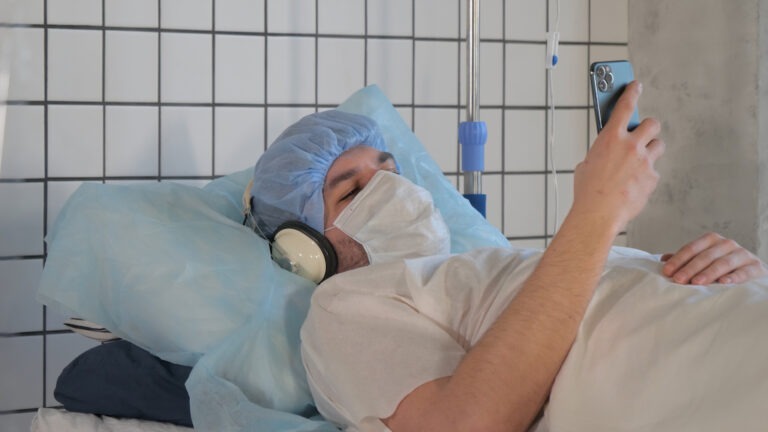
Given that heart disease is the leading cause of death in the world, prevention and treatment have never been more important. While conventional cardiology relies heavily on pharmaceuticals in the management of cardiac conditions, music has been shown to have remarkable benefits without any side effects—music as medicine.
Ancient cultures understood the healing benefits of music and integrated it into their promotion of health and healing of disease. But this practice was mostly lost in the rise of western medicine. Today, that connection is gradually being restored as a new wave of research is being done on the healing benefits of music on the heart.
One such recent study found that listening to music is linked to a significant reduction in anxiety and pain after major heart surgery. The researchers concluded that clinicians should consider music for patients scheduled for surgery as it has none of the risks or side effects, and many of the benefits of the drugs most commonly used to aid in post-surgery recovery.


